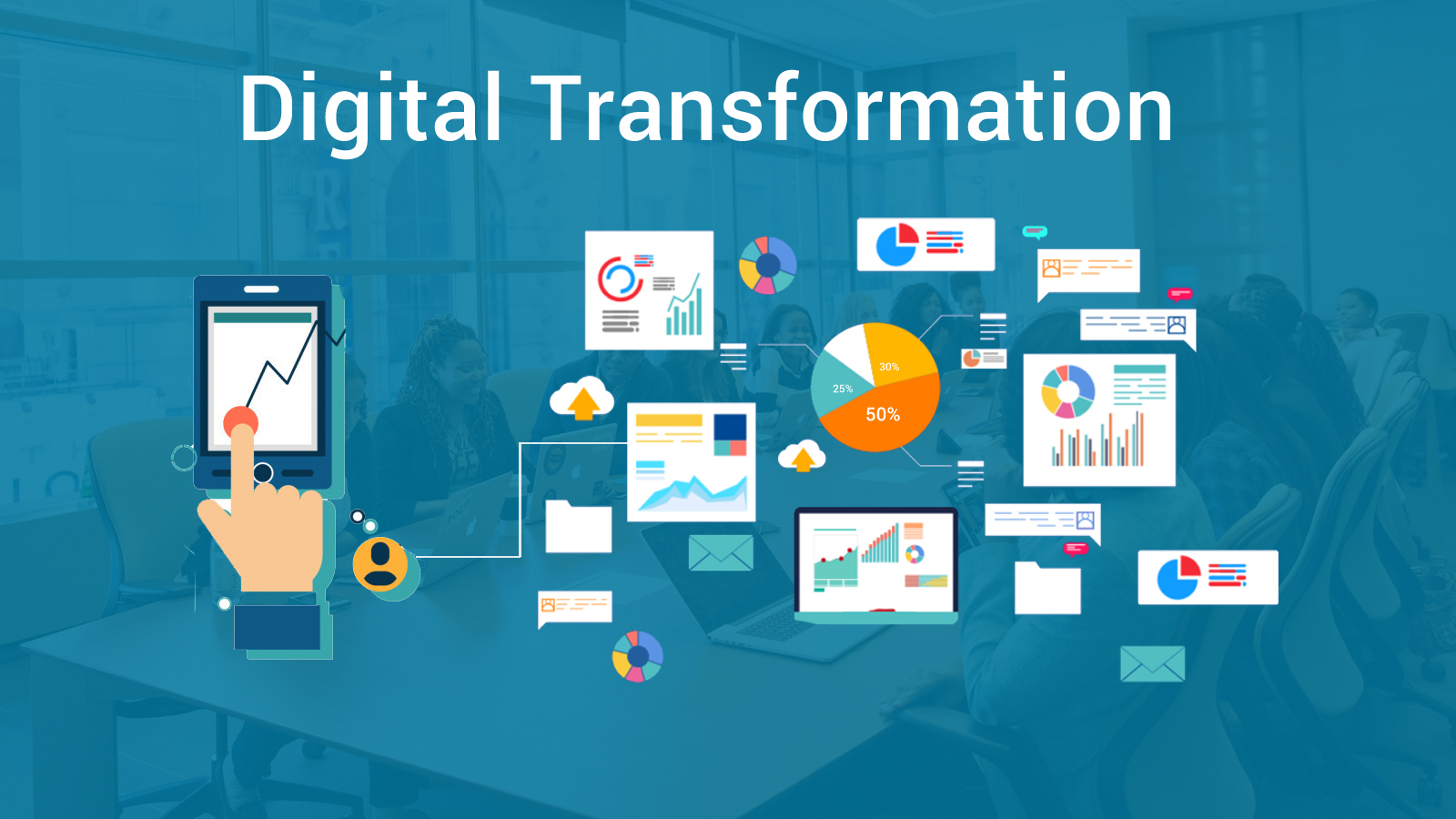The way customers interact with brands and businesses today is completely different from how they did a decade ago. The credit for that change goes to digital transformation. This form of transformation is shaking up the way enterprises serve their customers. With digital transformation, enterprises are realigning their customer-specific business models from the ground up. Newer technologies are developing and evolving to improve customer experience, or CX, from start to finish.
However, even today, many businesses miss the point when it comes to decoding the real meaning of digital transformation and how it is revolutionizing marketplaces.
What Most Businesses Get Wrong About Digital Transformation?
Many businesses think that digital transformation is all about attracting customers and prospects with fancy tech bling and apps. However, that is just one small part of the bigger picture a business creates when it starts integrating digital transformation in its core strategies.
Digital transformation boosts brand efficiency by enhancing customer experience. Which is exactly why, businesses must not let digital transformation slip under their radar if they want to really thrive in the future.
In this installment, let us dig deeper into two game-changing digital transformation trends that will reimagine the way customers are served better and faster. But, first, let us go through some hard-hitting numbers that prove digital transformation’s power to completely change businesses.
Digital Transformation Facts That Matter The Most
As per International Data Corporation (IDC), 85 percent of decision-makers in enterprises claim that they have a 2-year road map laid out for embracing digital transformation. The same market intelligence agency states that if these brands fail to adopt digital transformation, they will suffer financial loses.
Most big digital transformation trends reflect the change in customer experience. Companies that are at the forefront of this transformation are building powerful, convenient digital transformation solutions targeted toward improving the lives of external and internal customers.
IDG restates the impact of digital transformation on customer experience in one of its studies. In that study, the market intelligence company showed that 44 percent of enterprises have implemented a digital-first approach for renovating their CX modules.
Here is what another study from Seagate claims: By the end of 2019, two-thirds of global CEOs will begin different digital initiatives that will improve customer experience.
These figures show that digital transformation has already started changing customer experience inside out. So, now, let us take a look at some of those red-hot digital transformation trends that will enhance customer experience in the coming time.
Find Out How Digital Transformation Trends Will Enrich Customer Experience
Today, there is a need to create newer experiences and define simpler and faster customer journeys. Now, these experiences and journeys are expanding from conventional touch-and-feel multichannel interfaces. Enterprises are witnessing simplification of these interfaces so that a visitor becomes a customer faster.
On the most fundamental level, digital innovation is creating a wave of transformation on the following fronts of customer experience.
- Enhancing the available touch points for cultivating relevant micro-experiences
- Improving brand affinity by integrating the experience with a user’s actual context
- Building a larger connect with customers through a robust support model
Apart from these three fronts, a business will have to take note of the following trends that will take the world of customer experience by storm.
Making Chatbots Go From Good To Great
In previous years, most businesses messed up with chatbots and gave their customers a very bad experience. But, now, some concrete steps are taken in improving sentiment analytics and natural language processing (NLP). These steps will make NLP so sophisticated that it will likely shake up different business verticals, especially customer experience.
Different services that will be provided sans humans comprise loan processors, fast food line controllers, job recruiters, to name a few. Best of all, NLP will allow enterprises to accumulate insights for refining their services. Almost 40 percent of large enterprises have or will adopt NLP for improving themselves by the end of this year.
Connected Cloud Environments
Connected clouds include a mix of private, hybrid, and public ones. These days, businesses are realizing that going to a public or private cloud or opting for a dedicated data center is not a future-proof solution. Today, businesses will definitely need the best of all possible worlds. That means hybrid is the way to go for most companies that are willing to put their dollars on building a rock-solid, future-ready cloud infrastructure.
That is exactly where connected clouds come into play. With such a hybrid cloud solution, businesses will meet their changing needs on the fly. For example, if an enterprise needs more cloud-source storage or wants an extra layer of security or wishes to deploy apps, a hybrid cloud will do it all as per business requirements. Top public cloud providers such as Alibaba and Amazon are already answering this call and offering different private cloud options. (In the case of Google, these private cloud architectures are referred to as container-based systems.)
The world of connected clouds has evolved more with Microsoft Azure; further push to this evolution is caused by Hewlett Packard Enterprise acquiring Cloud Technology Partners’ consumable IT services. Likewise, VMware has recently acquired CloudHealth Technologies. All these developments have definitely shaken things up in the connected cloud environment.
Sooner rather than later, industry analysts predict that “Multicloud” will become the keyword in different cloud conversations. With the concept of connected clouds gaining a foothold in the digital landscape, workloads or the clouds on which they are to be implemented will not matter in the least. What will really matter, after all, is that the customers using those applications will have a secure, seamless, streamlined experience.
So these were the top digital transformation trends that will rebuild a newer, better, and more scalable variety of customer experiences. However, for tapping into these trends and using them as per its own strengths, a business will have to team up with a forward-thinking digital transformation partner.
Finding The Right Partner In Building A Digitally Transformative Future
Digital transformation will continue to change customer experience from the inside out. If an enterprise does not want its customer-oriented legacy workflows and processes to get disrupted from present digital wave, it must join hands with the right growth partner.
Here is where we, at Flexsin, come in. As a digital growth partner, we will analyze different digital elements that can help a business build more cohesive customer experiences across different channels. With our rich experience in designing and deploying engaging customer platforms, we will put together different digital themes. That way, we will eventually create an end-to-end ecosystem essential for putting a successful CX transformation program from paper to the real world.


 Parimal
Parimal


